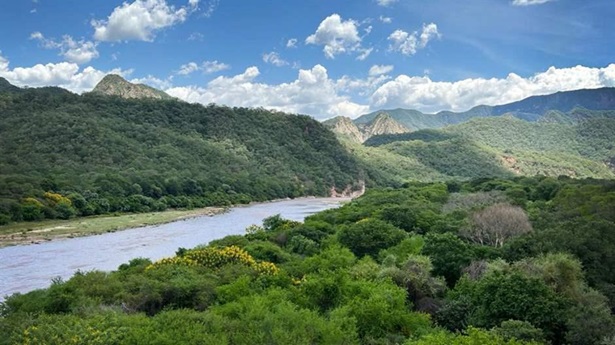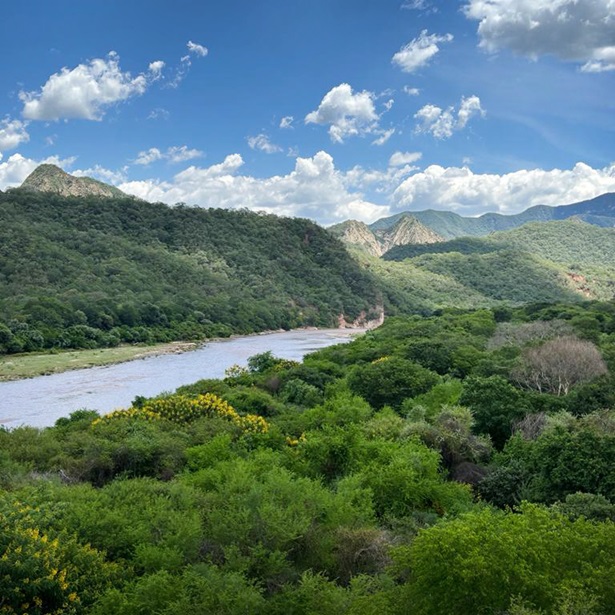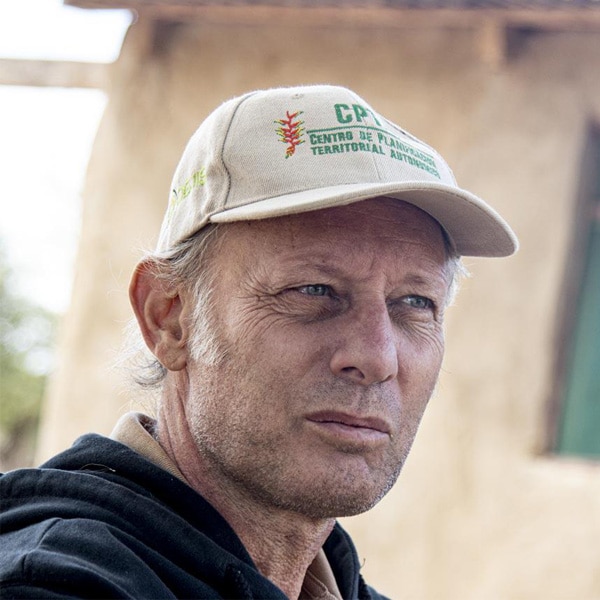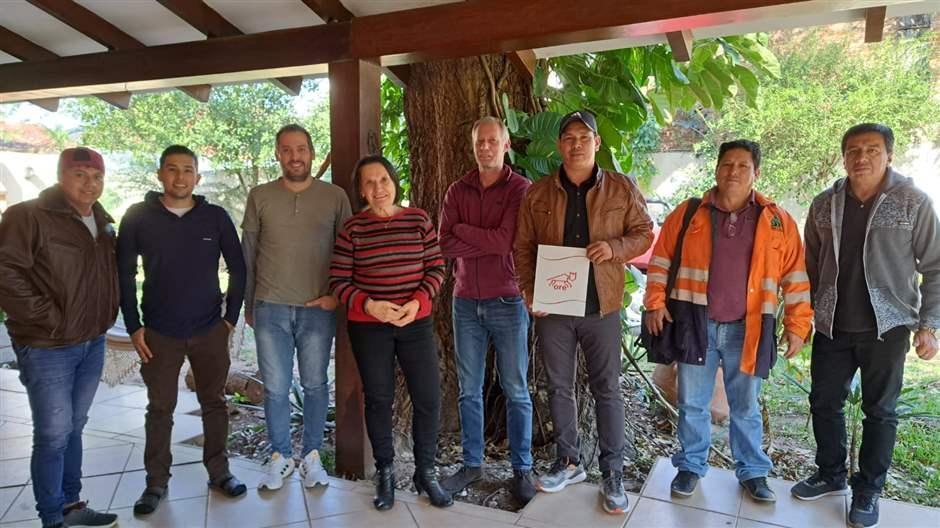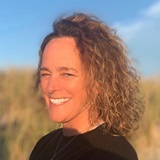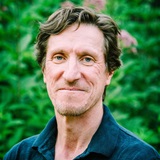In Bolivia, Indigenous Peoples Are the Environment’s Best Stewards
Head of local organization looks to help protect the Chaco-Pantanal
The tropical wetlands and associated ecosystems of the Pantanal cover as much as 44 million acres in Bolivia, Brazil, and Paraguay—an area about the size of the U.S. state of Florida and larger than Greece. The neighboring dry forests of the Gran Chaco—at about 263 million acres, larger than the U.S. state of Texas and larger than every European country except Russia—span parts of Bolivia, Paraguay, Argentina, and Brazil.
Together, these interrelated ecosystems—known colloquially as “Chaco-Pantanal”—contribute significantly to the world’s ecological and climatic balance and also are important because of their unique biological diversity: The region provides habitat for species such as the jaguar, the giant anteater, the giant river otter, and the maned wolf, among others.
However, the area, which is also part of the traditional territory of several Indigenous peoples, is subject to multiple threats, including unauthorized and invasive agriculture, forest fires, and large infrastructure projects that put local livelihoods at risk.
In partnership with Bolivian government agencies, Indigenous communities, and nongovernmental organizations (NGOs), The Pew Charitable Trusts is working to help protect these natural areas through its conserving the Pantanal and the Gran Chaco of South America project, which launched last year. In Bolivia, the project aims to improve management of the region’s major national parks; contribute to the conservation efforts of the Guaraní Charagua Iyambae Autonomous Government; support management of the main Indigenous territories of the Chiquitano and Ayoreo peoples; and promote the development of sustainable financing systems for these areas.
Leonardo Tamburini is executive director of ORÉ (the Guaraní word for “us”), a Bolivian NGO that provides Indigenous people with the legal and social support to strengthen their collective rights and sustainably manage their territories. In 2022, Pew established a strategic partnership with ORÉ to help support Indigenous land management and conservation measures in the Bolivian Gran Chaco. Tamburini, an Argentine-born lawyer and human rights specialist, has played an important role in defending Indigenous rights in Bolivia for the past 20 years.
This interview has been edited for clarity and length.
Q: What motivated you, an Argentine, to defend and promote Indigenous rights in Bolivia?
A: When I arrived in Bolivia in the mid-’90s, the country was in the process of political, social, and cultural change that included a demand for the recognition of Indigenous peoples as full citizens. These events shed light on the importance of Indigenous peoples’ collective rights to lands and the fact that these lands had been plundered and degraded. It’s in my nature to be drawn to these kinds of issues, so I got involved with organizations defending Indigenous peoples’ rights and demands.
Q: Few countries recognize Indigenous lands to the extent that Bolivia does. Does that help with the protection and conservation of natural areas?
A: The Indigenous peoples who still live on their lands in Bolivia have succeeded in managing nature—and natural resources—wisely and responsibly. At the same time, the legal or judicial tools available to them since colonization—tools that didn’t reflect their Indigenous paradigms of justice—were insufficient to allow them to make their own decisions about the natural resources on which they’ve depended. That affected their ability to exercise their right to self-determination. So, in order to continue the virtuous circle of sustainable use, conservation, permanence over time, enrichment of culture, and exercise of Indigenous rights, we need to ensure the right to self-governance for Indigenous people—and respect their decision-making about their land in accordance with their uses and customs.
Q: How do you think that might work in Bolivia?
A: Without strong and empowered Indigenous peoples and organizations, there can be no conservation or sustainability. In Bolivia, and specifically in the Guaraní people’s Charagua Iyambae Autonomous Government, the project we’re working on with Pew is based on that long-term vision of self-determination of Indigenous peoples and recognizing that these peoples can’t be truly empowered unless they’re managing and conserving their own resources. But we’re not talking about political empowerment here in the sense of them holding positions in the national government; we’re talking about these peoples making serious, responsible, and conscious decisions about their lands—decisions that will lead to well-being and sustainable development.
Q: In 2017, Charagua Iyambae became the first Indigenous autonomous region in Bolivia. How did the Guaraní community manage to win such an important victory?
A: Bolivia is organized territorially into departments, provinces, municipalities, and Indigenous autonomous regions—this last category having been established in 2009 as part of a new national constitution. Before 2015, Charagua—which has always been part of the Guaraní Indigenous people’s ancestral lands—was a municipality. In 2015, the Guaraní managed to win some autonomy for the region, and that resulted in self-government for Indigenous peoples. This represents an opportunity for the local population to exercise full rights over their land, their natural resources, and their vision of development.
Q: How does the Indigenous territorial autonomy of Charagua Iyambae affect the protection and conservation of the Guaraní people’s ancestral lands?
A: We’re talking about Indigenous governments with autonomy to make decisions about their entire territory in terms of its administration, planning, and management. Another way of exercising their territorial autonomy is through the creation of protected areas, providing refuge against threats to biodiversity and the Indigenous ways of life. Currently, almost 70% of Charagua Iyambae’s land is dedicated to conservation areas. Although conservation is a local event, it has a global impact and is perfectly linked with the global agenda of conserving natural resources.
Q: What impact could this new project—the collaboration between your organization, several other Bolivian NGOs, and Pew—have on the future of Gran Chaco conservation in Bolivia?
A: This project marks a new stage in the relationship between Indigenous peoples and the international financing of local groups. We’re coming up with common agendas in which the protagonists are now the Indigenous peoples, and they’re presenting high-impact initiatives to be decided on by consensus and supported by alliances between institutions.
Q: What about this work has brought you the most satisfaction?
A: The crystallization of Indigenous peoples’ rights in Bolivia’s constitution—which was approved in 2007, entered into force two years later, and guaranteed the legal recognition of Indigenous peoples in Bolivia. When you get a result like that after years of work and sacrifice, it’s very satisfying, because success in the life of the activist can be limited. In reality, as an activist, you fight for much more than you achieve in the end.


America’s Overdose Crisis
Sign up for our five-email course explaining the overdose crisis in America, the state of treatment access, and ways to improve care
Sign up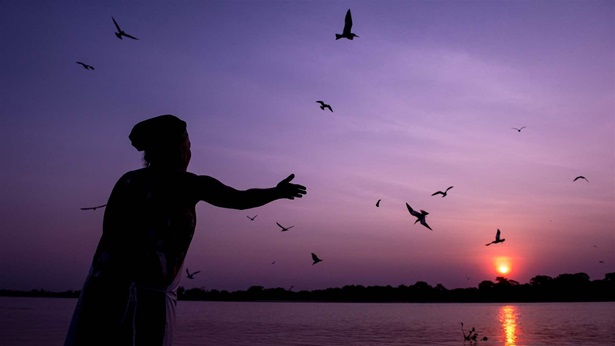
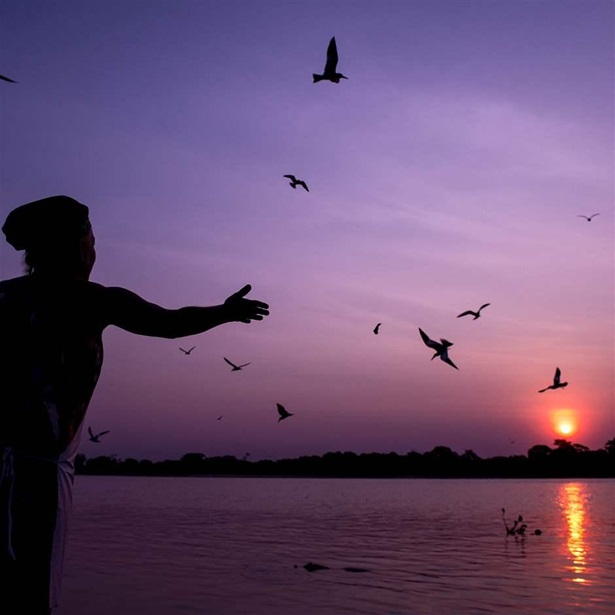
With Pantanal Under Threat, Forum Seeks Solutions
